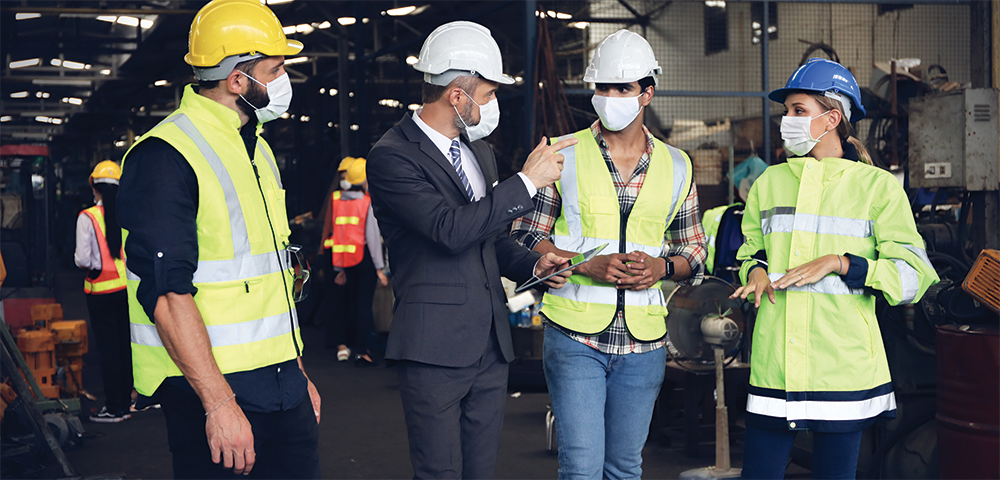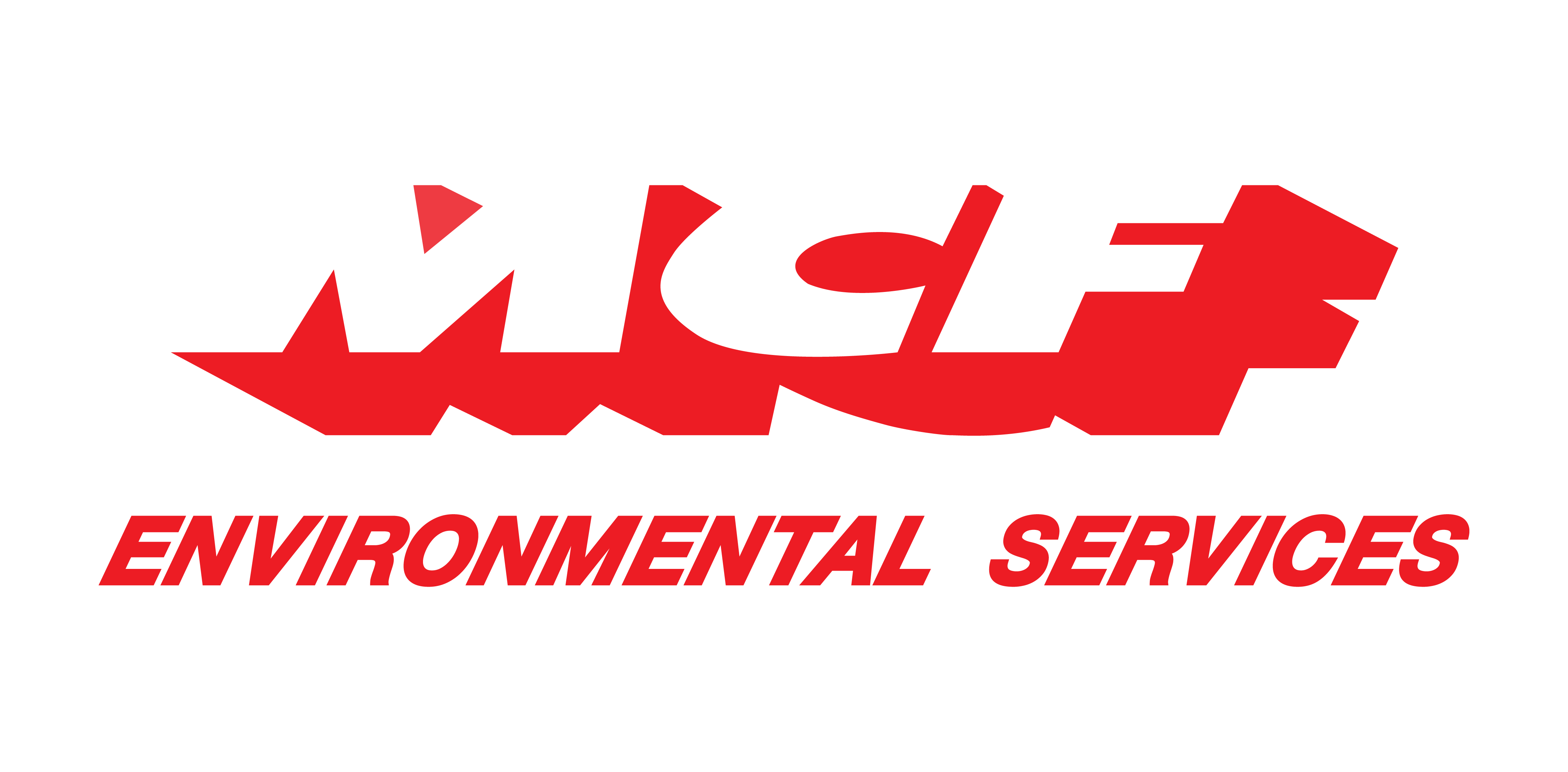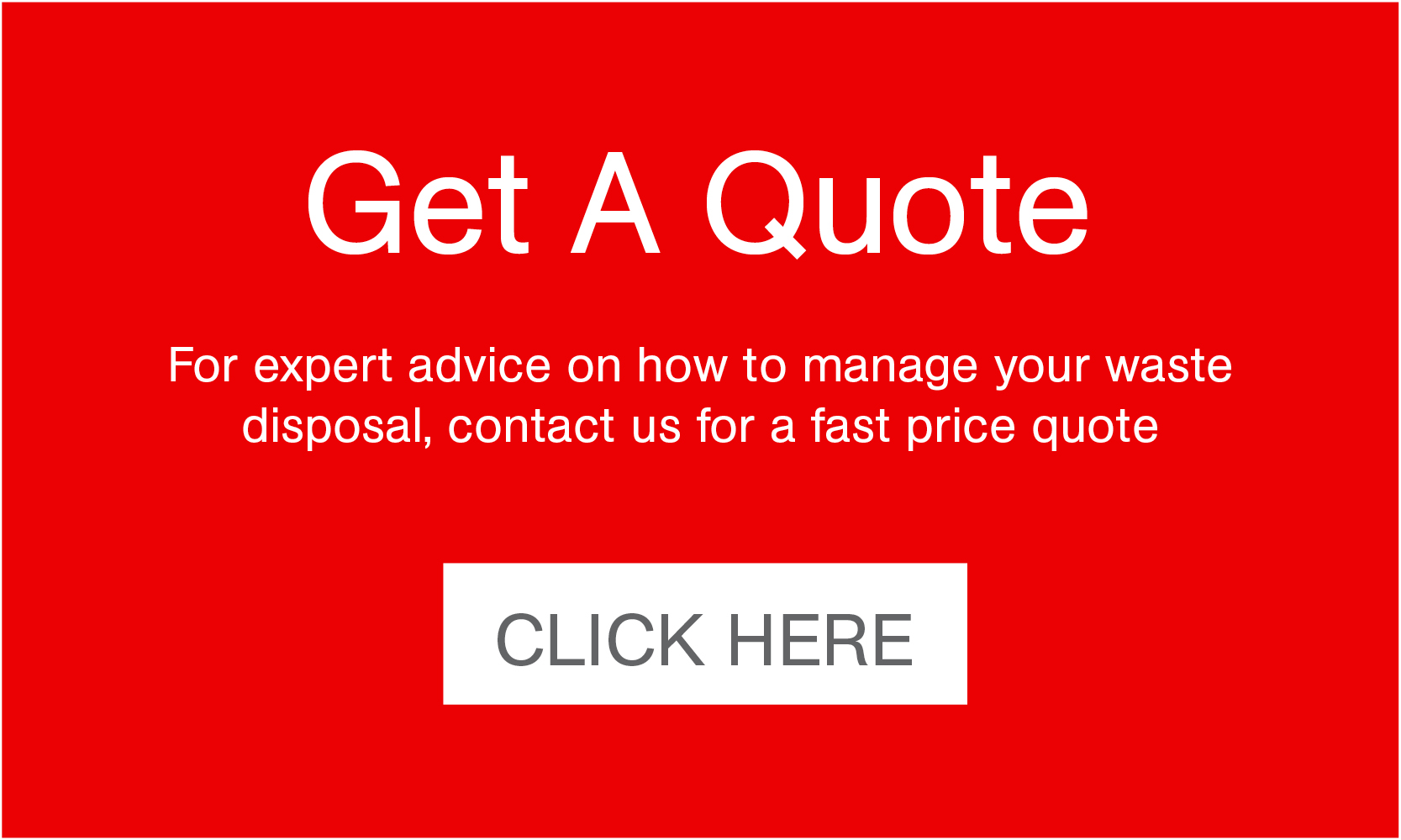
/ IN THIS BLOG
01 / Getting Started
When it’s time to select a hazardous waste management provider, it’s crucial to ask questions.
Remember: you’re responsible for any hazardous waste you generate from “cradle-to-grave,” including its generation, transportation, treatment, storage, and disposal. If you aren’t sure where to begin, start with the basics.
What to ask:
Q.1 How does the process begin?
The company you reach out to should have a protocol for engaging new customers, to ensure against inadvertent noncompliance with federal, state, and local regulations. Starting with this question will get straight to the point on the key details you’ll need to provide.
Q.2 Is your facility the final destination?
You’re responsible for any hazardous waste from “cradle-to-grave,” including its generation, transportation, treatment, storage, and disposal, so it’s critical to know where the waste is going once it leaves your facility.
Q.3 Do you own your own trucks and employ your own drivers?
The DOT requires hazmat drivers to be tested for appropriate training in such areas as transit operations between destinations, proper hazmat during loading/unloading, safest ways to readjust and re-secure loads while in transit, and more. Waste handlers that own their own trucks and employ their own drivers will have these trainings covered.
02 / Industrial vs. hazardous wastes
Aside from municipal solid waste (trash or garbage), there are basically two kinds of wastes generated by commercial and industrial enterprises. First are non-hazardous industrial wastes resulting from the production of goods and products. Alternatively, hazardous wastes are those that are dangerous or harmful to human health or the environment. This blog entry is limited to hazardous wastes, as it’s the most regulated of the two.
What to ask:
Q.4 What experience do you have helping clients distinguish between wastes that require hazardous waste management and those that don’t?
Under-identifying hazardous waste can have obvious legal consequences, whereas over-identifying it will needlessly add to your hazardous waste disposal costs. You need to be able to trust that your hazardous waste management provider has the knowledge to handle your needs.
Hazardous waste “characteristics”
Ignitability—it catches fire under certain conditions
Corrosively—it’s a significant acid or base
Reactivity—prone to explode or release toxic fumes if heated, mixed with water, or pressurized
Toxicity—it’s harmful or fatal if ingested or absorbed, or it can leach toxic chemicals into soil or ground water
03 / Defining and categorizing hazardous wastes
Most pesticides, herbicides, paints, and industrial solvents require hazardous waste disposal. Add to that almost anything electronic. So are medical waste products such as cultures, human tissue, contaminated gloves, and sharps.
Per the EPA, a waste can be deemed hazardous in one of three ways:
(a) Listed. The EPA “lists” more than 500 substances as harmful to human health and/or the environment (40 CFR Part 261).
(b) Acutely hazardous. Some listed wastes are so toxic as to be fatal even in low doses.
(c) Characteristic. If a waste isn’t “listed” [per (a) or (b)], it might nonetheless be considered hazardous for one or more of its characteristics.
What to ask:
Q.5 What experience do you have handling a certain waste with a specific characteristic?
If your hazardous waste is extremely toxic, reactive, or corrosive, you would want a provider with demonstrable experience handling that kind of waste
04 / The EPA treatment permit
Generally, any enterprise intending to engage in hazardous waste treatment is required to obtain an EPA treatment permit.
The EPA deems almost any facet of hazardous waste management as an instance of “treatment,” including any effort to make a hazardous waste non-hazardous or less hazardous.
Also, the EPA considers any effort on your part to reduce the volume of a hazardous waste (to facilitate its storage or transport) as an instance of treatment.
What to ask:
Q.6 Is your company properly permitted to transport, store, and/or treat hazmat?
It’s important to ensure that your waste provider has the appropriate permits. Experienced providers will bring this up without asking, but if not it’s a good way to better evaluate your potential partners.
05 / EPA paperwork requirements
Different types of enterprises are required to have updated documents that are specific to their hazardous waste management needs. However, there’s required paperwork that’s fairly common across all enterprises dealing with hazmat. They include:
Contingency plan for hazardous waste management
Hazardous waste training records for personnel
Records of waste determination
Generator’s biennial report
Hazardous waste manifests
Land disposal restriction documentation
Tank and storage area inspection records
Incident reports
What to ask:
Q.7 Do you provide us with documentation to prove that all operational and paperwork requirements have been met for each instance of hazmat removal?
Much of the required paperwork must be archived for three years after submission, so it’s important to know that your provider is on top of these details.
Your content goes here. Edit or remove this text inline or in the module Content settings. You can also style every aspect of this content in the module Design settings and even apply custom CSS to this text in the module Advanced settings.
06 / The EPA Hazardous Waste Profile
The EPA requires you to create a Hazardous Waste Profile for any episode of hazardous waste removal; and it must be presented to a treatment & disposal facility (TSD) prior to its arrival, otherwise it’s illegal for the TSD to accept it in the first place.
Remember that any Hazardous Waste Profile you develop has to be presented over your signature (or that of one of your listed managers) to guarantee its truthfulness. Thus, accuracy is vital for avoiding EPA fines and sanctions.
What to ask:
Q.8 Do you complete the EPA Hazardous Waste Profile on our behalf?
A high-quality partner will help walk you through the details of developing a hazardous waste profile to ensure that the appropriate details are included when waste is transferred to a TSD.
07 / The EPA Waste Analysis Plan
While just the EPA Hazardous Waste Profile has to do with a specific waste you need to manage, the EPA Waste Analysis Plan talks about all the hazardous materials you handle.
Developing an EPA Hazardous Waste Profile forces you to consider three elemental questions, and the process by which you do so must be documented. In essence, these questions are:
By what method did you determine whether a material is a hazardous waste?
How did you assess its specific nature compared to other wastes that require hazardous material disposal?
By what process did you determine how the hazardous material must be handled?
What to ask:
Q.9 Can you assist in the completion of required internal EPA paperwork?
Not all partners provide support and/or data for biennial reports, Waste Analysis Plans, etc., so it’s important to confirm that the waste management vendor you work with has the ability to track this key info for you.
08 / The EPA Manifest (aka e-manifest)
The EPA requires that a manifest accompany the movement of a hazardous waste from its point of origin (aka: the generator) to the hazardous waste management facility that’s legally permitted by the EPA to provide for its hazardous waste disposal (aka: the destination facility).
This manifest, completed by the generator, indelibly attaches a defined hazardous waste to your enterprise as it migrates from your site toward the hazardous waste management facility that will ultimately process it—along with all the legal, financial, and social liabilities thereto.
The EPA now provides for online submission of the EPA manifest. See e-manifest.
What to ask:
Q.10 Are you registered to file a paper, hybrid, or e-manifest on our behalf?
All receiving facility sites, transporters, and brokers must register, which is particularly important for the e-manifest. Asking this question will help ensure your future partner is compliant.
09 / The upshot
AT MCF, we help manage the process on your behalf from start to finish. When you reach out, we ask the right questions to ensure you get the service you need without the added hassle. But, if you’re ever in a situation when working with another provider, these questions are a great place to start.
Contact us today. And thank you for reading our blog!
Robert Losurdo
President, COO








